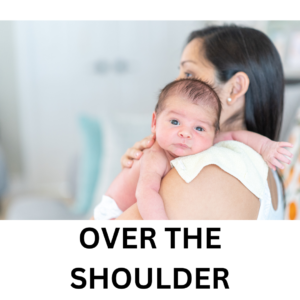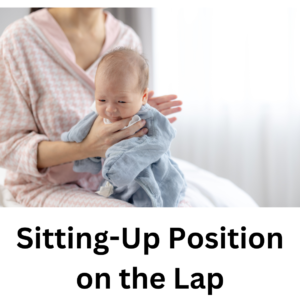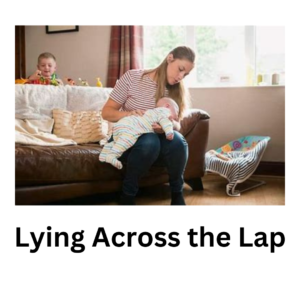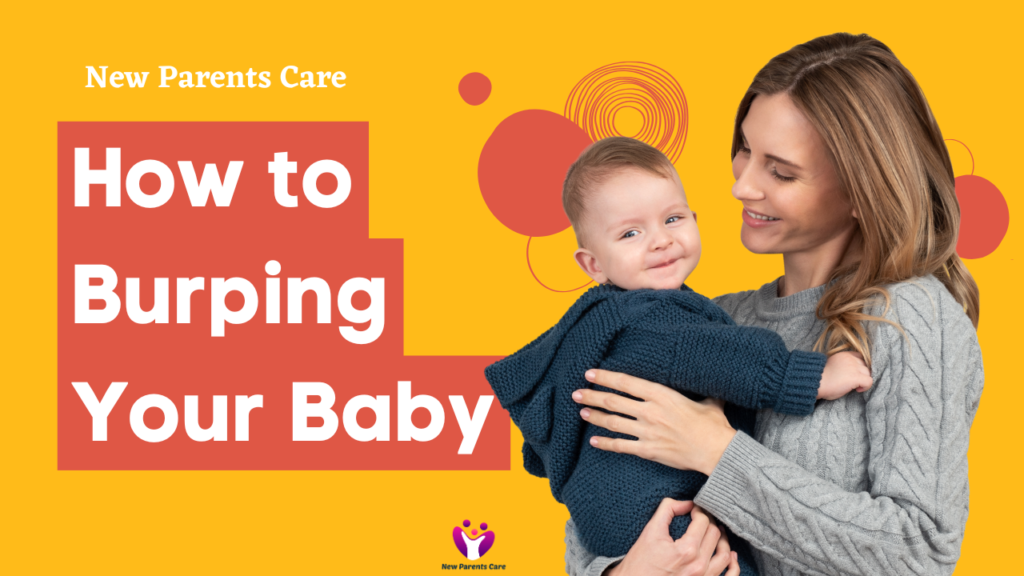INTRODUCTION
Burping is an essential step in caring for a baby, helping to release trapped air swallowed during feeding. This simple act can prevent discomfort, reduce gas, and minimize the chances of spit-up. Without proper burping, newborns may become fussy or show signs of unease.
In this practical guide, we explore the importance of burping and share easy, effective techniques every parent can follow.
2. Why Is Burping Necessary?
Babies tend to swallow air while feeding, which can get trapped in their stomachs. Burping helps release this air, easing discomfort and preventing spit-ups. While some believe all babies must burp after every meal, this is a myth. Each baby is unique, and not all need to burp every time.
.
3.When to Burp Your Baby?
- Mid-feeding (when switching breasts or halfway through a bottle).
- After the feeding is complete.
- Signs that your baby may need to burp include fussiness, pulling away during feeding, or wriggling uncomfortably.
4.Different Burping Positions.

Over-the-Shoulder Position:
- Hold the baby upright with their head resting on your shoulder.
- Support their bottom and pat their back gently.
- Pros: Effective and allows close bonding.
- Cons: It can be messy if spit-up occurs.

Sitting-Up Position on the Lap:
- Place the baby on your lap, facing sideways.
- Support their chest and chin with one hand while patting their back with the other.
- It is ideal for older babies with better head control.

Lying Across the Lap:
- Lay the baby face-down across your lap, ensuring their head is supported.
- Gently pat or rub their back.
- This position is excellent for small babies but requires extra care to support their neck.
5.Tips for Successful Burping
- Always keep a burp cloth handy.
- Use firm but gentle pats on the baby’s back.
- Be patient; some babies take longer to burp.
- Experiment with different positions if one doesn’t work.
6.What If Your Baby Doesn’t Burp?
It’s normal for some babies not to burp after feeding. If this happens, hold your baby upright and gently walk around to encourage burping. Watch for signs of trapped gas, such as fussiness or curling legs, and address it accordingly.
7.Additional Tips
- If your baby spits up frequently, consult a pediatrician.
- Keep your baby upright for 15–20 minutes after feeding to reduce reflux.
- Differences in burping may arise between breastfed and bottle-fed babies due to varying feeding speeds.
Conclusion
Burping is a crucial part of feeding routines, easing discomfort and ensuring your baby’s happiness. By trying different positions and staying patient, you can find what works best for your little one. Share your experiences or tips in the comments, we would love to hear from you!
1. How to burp a baby?
Hold your baby upright against your chest, over your shoulder, or sitting on your lap. Support their head and neck while gently patting or rubbing their back to release trapped air.
.
2. How to burp a newborn baby?
Use gentle positions like over-the-shoulder or across-the-lap burping. Ensure their head is supported, as newborns have delicate neck muscles and require extra care.
3. How to burp a baby after feeding?
You have to burp your baby immediately after feeding by holding them upright and using gentle pats on their back. If needed, try multiple positions to encourage the release of trapped air.
4. How to burp a baby in a side-lying position?
Position your baby upright and try the over-the-shoulder or sitting-on-the-lap technique. Use firm yet gentle pats or circular rubbing motions on their back.
5. How to burp a sleeping baby?
Change the baby’s position or try walking while holding them upright. Gently pat or rub their back to encourage air release.
6. Can you burp a sleeping baby?
Yes, if your baby shows no signs of discomfort, it is generally fine to skip burping. However, monitor them for any signs of trapped gas or unease.
7. How to burp a baby fast?
Hold your baby upright for 10–15 minutes, try walking around, or switch to a different burping position. If they remain comfortable, burping might not be necessary.
8. How to make a baby burp?
Change the baby’s position or try walking while holding them upright. Gently pat or rub their back to encourage air release.
9. Is it okay to put the baby to sleep without burping?
Yes, if your baby shows no signs of discomfort, it is generally fine to skip burping. However, monitor them for any signs of trapped gas or unease.
10. What if my baby won’t burp after feeding?
Hold your baby upright for 10–15 minutes, try walking around, or switch to a different burping position. If they remain comfortable, burping might not be necessary.
11. When to stop burping a baby?
Most babies naturally outgrow the need for burping by 4–6 months of age as their digestive systems mature and they swallow less air while feeding
Explore Our Handy Tools:
- Baby Name Generator: Find the perfect name for your little one.
- Ovulation Calculator: Track your fertility and plan your pregnancy.
- Pregnancy Weight Gain Calculator: Monitor your pregnancy progress with ease.
- Chinese Gender Predictor: Curious about your baby’s gender? Have fun predicting!
Stay Connected with Us:
For more tips, parenting hacks, and fun ideas, follow us on:
Join the conversation and get daily inspiration for your parenting journey!
Stay connected and let us help you on your parenting journey!

Your attention is precious, and we’re honored to have shared it. Thank you so much!